
DAI
DAI price
$1.0000
+$0.000100000
(+0.01%)
Price change for the last 24 hours

How are you feeling about DAI today?
Share your sentiments here by giving a thumbs up if you’re feeling bullish about the coin or a thumbs down if you’re feeling bearish.
Vote to view results
DAI market info
Market cap
Market cap is calculated by multiplying the circulating supply of a coin with its latest price.
Market cap = Circulating supply × Last price
Market cap = Circulating supply × Last price
Circulating supply
Total amount of a coin that is publicly available on the market.
Market cap ranking
A coin's ranking in terms of market cap value.
All-time high
Highest price a coin has reached in its trading history.
All-time low
Lowest price a coin has reached in its trading history.
Market cap
$3.69B
Circulating supply
3,690,734,980 DAI
100.00% of
3,690,734,980 DAI
Market cap ranking
12
Audits

Last audit: 1 May 2021, (UTC+8)
24h high
$1.0002
24h low
$0.99540
All-time high
$8,976.00
-99.99% (-$8,975.00)
Last updated: 2 Aug 2019, (UTC+8)
All-time low
$0.0011000
+90,809.09% (+$0.99890)
Last updated: 2 Aug 2019, (UTC+8)
DAI Feed
The following content is sourced from .

DaDa | 蓝鸟会🕊️
[Spark and MakerDAO: Not an affiliate, but a structural division of labour in on-chain finance]
Many people think that Spark is a "sub-protocol" of MakerDAO, but from the perspective of governance path, product structure, and financial functions, it is more like a "business middle platform" in MakerDAO's financial ecology - taking on actual capital operation responsibilities and serving the stablecoin ecosystem.
The existence of Spark is a true embodiment of the "modular" trend of on-chain financial infrastructure.
1. Structural division: The three layers of roles have their own positioning
We can consider MakerDAO, Sky Protocol, and Spark as a three-tier structure of "central-middle-office-business front" on the chain:
(1) MakerDAO: Responsible for the issuance of DAI, interest rate policy formulation, and systematic governance, and is the "central bank" of the entire system.
(2) Sky Protocol: Responsible for building the protocol governance framework, formulating governance parameters, and coordinating subordinate agreements, which is the role of "supervision + finance".
(3) Spark: As a DeFi protocol managed by Sky, it provides lending, savings, and liquidity scheduling, and is the role of a "commercial bank", directly facing users and asset flows.
Second, the core linkage mechanism
Spark doesn't operate in isolation, and its relationship with MakerDAO is at a core level:
(1) Interest rate linkage: Spark's savings module directly uses DSR (DAI Saving Rate) as the basis of interest rate, and keeps pace with Maker.
(2) Synchronization of collateral structure: Most of the asset types supported by Spark are derived from Maker's risk parameter system, inheriting its liquidation model and risk setting logic.
(3) Sharing of governance mechanisms: Although Spark has not yet fully enabled SPK governance, its current governance decisions are implemented by Sky, and the maker-style proposal and parameter setting process is followed.
(4) Security module docking: Important components such as Oracle modules, oracle sources, and liquidation mechanisms are borrowed from the Maker system to ensure the underlying stability.
3. Summary: Spark is an experimental unit of decentralised governance of DeFi systems
In traditional finance, "central bank + commercial bank + financial supervision" is the core of the system. Spark is positioned to simulate a similar structure of responsibilities:
(1) It does not bear the risk of currency issuance, but actually dispatches interest rates and funds;
(2) It does not directly formulate system governance rules, but feeds back real user behaviours and preferences;
(3) It does not compete for control of DAI, but can directly affect DAI's interest rate anchoring performance on the chain.
Spark is a deep-water experiment of MakerDAO in a modular financial system, which allows us to see how on-chain finance can decouple and distribute "power and function" in the future, while ensuring that the system works together.
@sparkdotfi @cookiedotfun #Spark #SparkFinance #COOKIE
Show original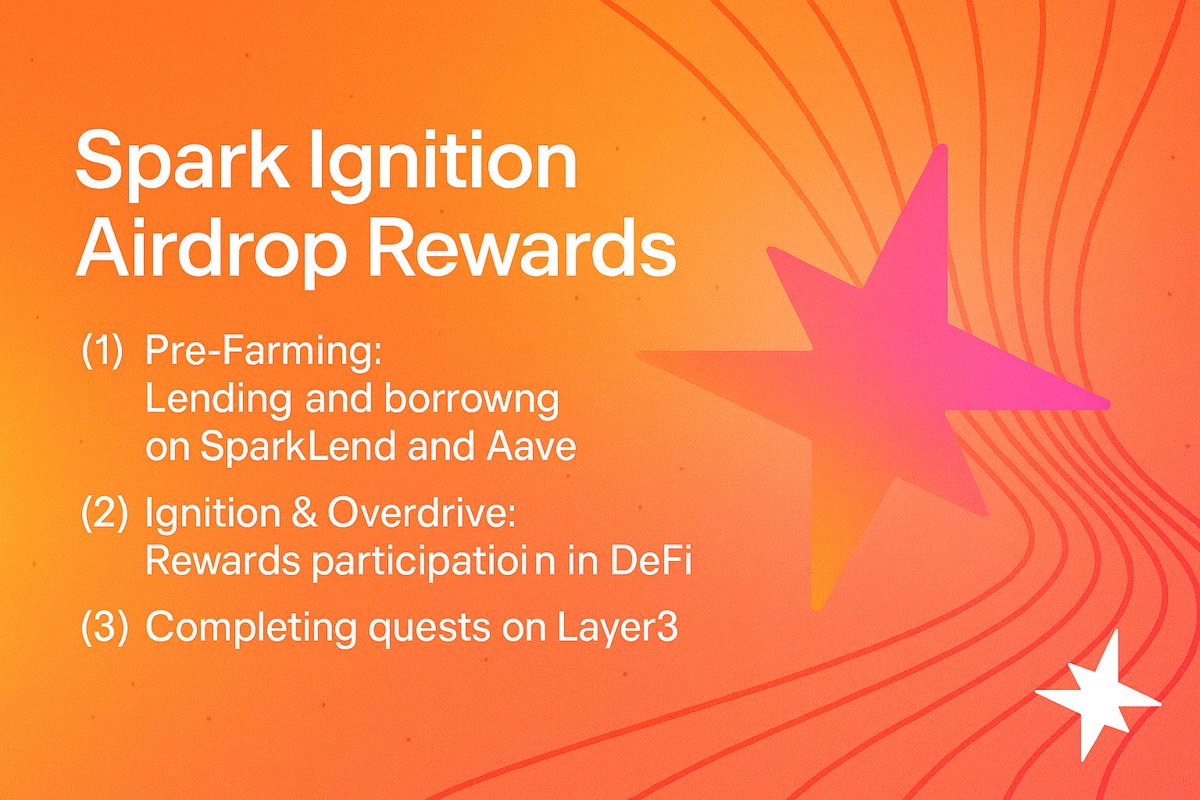
31.9K
102

Martain 💤🥕
🚀 @sparkdotfi Core Mechanism Analysis
▸ Platform Positioning: Smartly allocating liquidity to DeFi/CeFi/RWA markets to achieve transparent returns
▸ Three Core Products:
1. Savings: Deposit USDC/USDS/DAI, withdraw earnings anytime (APY 5-8%)
2. SparkLend: Decentralized lending protocol (supports USDS/DAI collateral)
3. Liquidity Layer (ALM): Multi-chain protocol-level capital allocation tool
---
User Operation Guide
① Maximizing Savings Returns
→ Exchange USDC for USDS → Convert to YT/PT USDS via Pendle (automatic interest + earn Points)
→ YT/PT USDS can be re-staked for lending
② Dual Earnings from Lending
→ Collateralize tokens to lend USDC/USDS/DAI
→ Earn returns simultaneously during the lending period
③ $SPK Staking Rewards
→ Airdrop tokens in the first phase of staking
→ Earn returns + Points + eligibility for the second phase airdrop (must hold until August 12)
---
Technical Highlights and Transparency
• SLL Capital Allocation System:
→ Dynamically allocate reserve funds (for withdrawals + investing in RWA/Pendle/CeFi)
→ Real-time tracking of high-yield low-risk targets
• All Data Public:
→ Data Spark panel displays savings/lending/liquidity layer data in real-time
→ $SPK token distribution and circulation are transparent and verifiable
Official Entry:
#Spark #COOKIE @cookiedotfun
Show original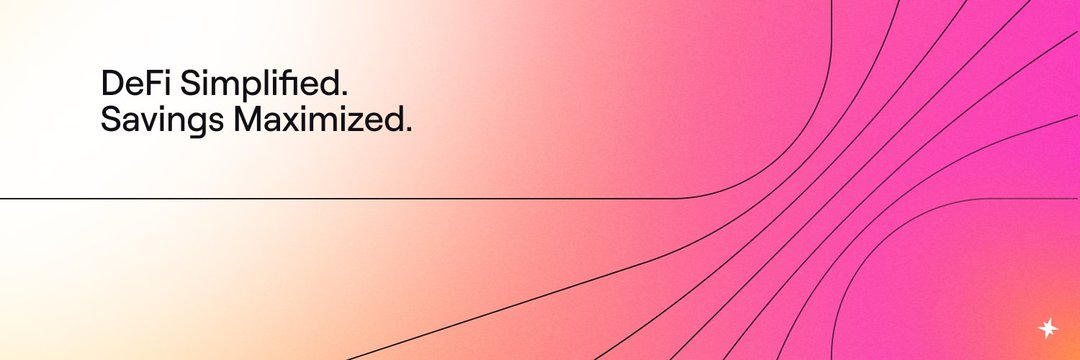
63.87K
108

0xkevin (🖤 , 💙)
"From Financial Black Swans to On-Chain Reconstruction: Why We Need Spark"
Recently, Circle went public, and this stablecoin issuer suddenly became a darling of Wall Street, unaware that two years ago it faced a decoupling crisis due to the collapse of Silicon Valley Bank.
We have long known the problems of the traditional banking system, but a true alternative only took shape with the emergence of #Spark, which finally possesses a "system-level" prototype.
› ••••••••• ‹
The subprime mortgage crisis of 2008 is well-known to most people.
At that time, real estate companies were pulling in people who couldn't repay their loans to buy houses, packaging these high-risk loans, rebranding them, and selling them as so-called "investment-grade products."
Lehman Brothers was the first to fall, but that was just the first domino. Many people around the world lost decades of savings and homes bought over a lifetime in that collapse, which turned into a digital zero.
We are used to thinking of banks as neutral entities that serve users. But after that year, more and more people realized: banks are more like machines for capital; at critical moments, they will not protect you.
Fast forward to 2023, the collapse of Silicon Valley Bank. Silicon Valley Bank was like most banks: buying long-term bonds, but then faced with the Federal Reserve's sudden interest rate hikes. This back-and-forth led to bond devaluation, users wanting to withdraw money, and the bank found it had insufficient cash flow, resulting in a sudden collapse.
The core issue was a bank run: the "depositors' money" had essentially become the bank's own liabilities. Once users collectively wanted to "get their money back," the system could not sustain itself.
🚨 Your money in the banking system is actually no longer your money.
Every time a bank has issues, everyone can only pray for government bailouts, central banks printing money, and risks being "collectively borne." But this system is actually very fragile.
We have long known the problems of the traditional banking system, but a true alternative only took shape with the emergence of Spark, which finally possesses a "system-level" prototype.
@sparkdotfi is currently the first DeFi construct that systematically addresses these three points:
> Credit creation
> Liquidity adjustment
> Interest rate setting
In the traditional banking system, there is a high dependency between commercial banks and central banks: one provides deposit and loan services, while the other controls currency issuance and interest rates.
The design of @sparkdotfi was not initially to be an "Aave alternative," but rather: to combine the central bank role of MakerDAO (issuing DAI → now USDS) with Aave's lending system (fund matching, liquidation mechanisms), plus the asset deployment capabilities of hedge fund strategies.
🛡️ Integrated into a unified system.
In other words, it is not just an on-chain bank, but a hybrid of on-chain central bank + commercial bank + investment bank, truly moving the financial system into a user-visible, verifiable, and governable on-chain world.
How does Spark solve the "banking problem"?
In traditional banks, your money is just a "digital record" of the bank; it uses it for other purposes, and if it collapses, you bear the loss. In Spark, all collateral is on-chain and held by smart contracts. The liquidation mechanism is written in code, with no human intervention and cannot be misappropriated.
Spark introduces a "transparent interest rate" mechanism, where the borrowing rates for USDS and USDC are determined by governance votes from Sky, making them predictable, adjustable, and publicly transparent. This is similar to how central banks announce benchmark interest rates, but the control is in your hands.
Spark's liquidity comes from stablecoin reserves directly injected by the D3M module. This mechanism, in traditional banks, equates to "having a central treasury backing it up," while on-chain, it is a treasury you can see with your own eyes, and you decide how it is used.
Spark's SLL directly deploys liquidity to the most optimal protocols on-chain, such as Curve, Aave, and Morpho, and dynamically balances returns and risks through off-chain smart monitoring tools.
This is equivalent to a real-time market-responsive, auto-rebalancing on-chain hedge fund system, with all profits used for dividends to holders (sUSDS earnings).
📍 If you deposit money in Spark today, the biggest difference from a bank is:
🔹 Your money is truly under your control.
🔹 Interest is not "decided by the bank," but determined by governance, which you participate in.
🔹 The source of profits is not "you paying for others," but profits actively earned by the protocol.
🔹 Risk control mechanisms are not "hoping the bank is professional," but clearly written in the contract.
In the event of a collapse, it is not about "waiting for the government to save you," but rather on-chain assets automatically liquidating and self-repairing.
@sparkdotfi is the "order restorer" born from past financial failures.
Every financial black swan event pushes for a round of institutional reform. The significance of Spark lies in:
It is not about "using blockchain to create a bank," but rather completely dismantling the entire banking system and reassembling it into a financial order that users govern, hold, and define risks and returns themselves.
In this new order, there is no such thing as "too big to fail," and no "your deposited money is actually someone else's liability." Every operation has traceability, every governance can be voted on, and every interest rate is publicly transparent.
From the lineage of Maker, the resources of @SkyEcosystem, the evolution of DAI, the establishment of $USDS, to the deployment capabilities of SLL and the equity model of SPK, what it is building is the first systematic, governance-enabled, profit-generating, and moat-protected "on-chain central bank + investment bank + commercial bank" in the entire decentralized world.
This is a response to all past financial collapses and a prototype of a future order.
@cookiedotfun #cookie.
Show original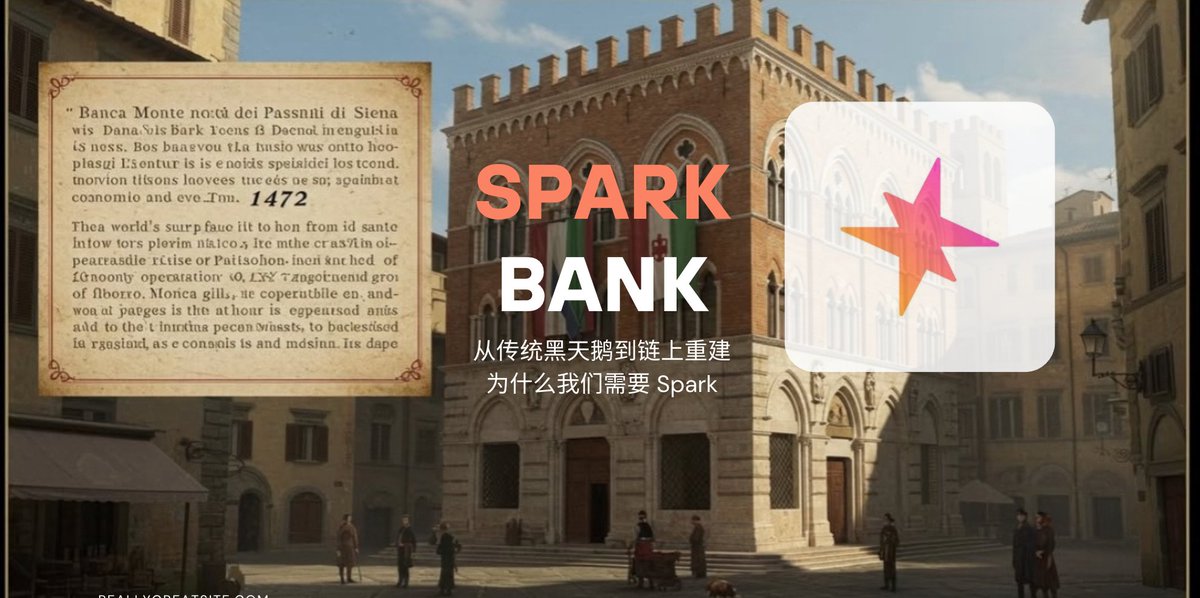
23.73K
121
DAI calculator


DAI price performance in USD
The current price of DAI is $1.0000. Over the last 24 hours, DAI has increased by +0.01%. It currently has a circulating supply of 3,690,734,980 DAI and a maximum supply of 3,690,734,980 DAI, giving it a fully diluted market cap of $3.69B. At present, DAI holds the 12 position in market cap rankings. The DAI/USD price is updated in real-time.
Today
+$0.000100000
+0.01%
7 days
+$0.00020000
+0.02%
30 days
+$0
+0.00%
3 months
-$0.00030
-0.03%
Popular DAI conversions
Last updated: 23/06/2025, 08:18
| 1 DAI to USD | $0.99990 |
| 1 DAI to PHP | ₱57.2133 |
| 1 DAI to EUR | €0.86948 |
| 1 DAI to IDR | Rp 16,437.61 |
| 1 DAI to GBP | £0.74424 |
| 1 DAI to CAD | $1.3740 |
| 1 DAI to AED | AED 3.6721 |
| 1 DAI to VND | ₫26,127.52 |
About DAI (DAI)
The rating provided is an aggregated rating collected by OKX from the sources provided and is for informational purpose only. OKX does not guarantee the quality or accuracy of the ratings. It is not intended to provide (i) investment advice or recommendation; (ii) an offer or solicitation to buy, sell or hold digital assets; or (iii) financial, accounting, legal or tax advice. Digital assets, including stablecoins and NFTs, involve a high degree of risk, can fluctuate greatly, and can even become worthless. The price and performance of the digital assets are not guaranteed and may change without notice. Your digital assets are not covered by insurance against potential losses. Historical returns are not indicative of future returns. OKX does not guarantee any return, repayment of principal or interest. OKX does not provide investment or asset recommendations. You should carefully consider whether trading or holding digital assets is suitable for you in light of your financial condition. Please consult your legal/ tax/ investment professional for questions about your specific circumstances.
Show more
- Official website
- White Paper
- Block explorer
About third-party websites
About third-party websites
By using the third-party website ("TPW"), you accept that any use of the TPW will be subject to and governed by the terms of the TPW. Unless expressly stated in writing, OKX and its affiliates ("OKX") are not in any way associated with the owner or operator of the TPW. You agree that OKX is not responsible or liable for any loss, damage and any other consequences arising from your use of the TPW. Please be aware that using a TPW may result in a loss or diminution of your assets.
Learn more about DAI (DAI)

Ai Meme Daily: Key Trends and Insights Shaping the Memecoin Market
Introduction to Ai Meme Daily The cryptocurrency market is no stranger to innovation, and the rise of memecoins has added a unique layer of cultural and financial dynamics. Ai Meme Daily, a collaborative initiative by PANews and GMGN.AI, provides a comprehensive snapshot of the memecoin market, offering investors timely insights into trends, token performance, and market sentiment. This article delves into the latest updates, key developments, and actionable insights from Ai Meme Daily to help crypto investors navigate this volatile yet promising space.
18 Jun 2025|OKX

What is DAI: understanding Maker's crypto-backed stablecoin
Launched by a Decentralized Autonomous Organization (DAO) named MakerDAO in November 2019, Dai (DAI) is a crypto-collateralized stablecoin that's soft-pegged to the US Dollar at a 1:1 ratio. DAI is issued through an Ethereum-based named the Maker Protocol.
21 May 2024|OKX|
Beginners
DAI FAQ
How much is 1 DAI worth today?
Currently, one DAI is worth $1.0000. For answers and insight into DAI's price action, you're in the right place. Explore the latest DAI charts and trade responsibly with OKX.
What is cryptocurrency?
Cryptocurrencies, such as DAI, are digital assets that operate on a public ledger called blockchains. Learn more about coins and tokens offered on OKX and their different attributes, which includes live prices and real-time charts.
When was cryptocurrency invented?
Thanks to the 2008 financial crisis, interest in decentralized finance boomed. Bitcoin offered a novel solution by being a secure digital asset on a decentralized network. Since then, many other tokens such as DAI have been created as well.
Will the price of DAI go up today?
Check out our DAI price prediction page to forecast future prices and determine your price targets.
Monitor crypto prices on an exchange
Watch this video to learn about what happens when you move your money to a crypto exchange.
Disclaimer
The social content on this page ("Content"), including but not limited to tweets and statistics provided by LunarCrush, is sourced from third parties and provided "as is" for informational purposes only. OKX does not guarantee the quality or accuracy of the Content, and the Content does not represent the views of OKX. It is not intended to provide (i) investment advice or recommendation; (ii) an offer or solicitation to buy, sell or hold digital assets; or (iii) financial, accounting, legal or tax advice. Digital assets, including stablecoins and NFTs, involve a high degree of risk, can fluctuate greatly. The price and performance of the digital assets are not guaranteed and may change without notice.
OKX does not provide investment or asset recommendations. You should carefully consider whether trading or holding digital assets is suitable for you in light of your financial condition. Please consult your legal/tax/investment professional for questions about your specific circumstances. For further details, please refer to our Terms of Use and Risk Warning. By using the third-party website ("TPW"), you accept that any use of the TPW will be subject to and governed by the terms of the TPW. Unless expressly stated in writing, OKX and its affiliates (“OKX”) are not in any way associated with the owner or operator of the TPW. You agree that OKX is not responsible or liable for any loss, damage and any other consequences arising from your use of the TPW. Please be aware that using a TPW may result in a loss or diminution of your assets. Product may not be available in all jurisdictions.
OKX does not provide investment or asset recommendations. You should carefully consider whether trading or holding digital assets is suitable for you in light of your financial condition. Please consult your legal/tax/investment professional for questions about your specific circumstances. For further details, please refer to our Terms of Use and Risk Warning. By using the third-party website ("TPW"), you accept that any use of the TPW will be subject to and governed by the terms of the TPW. Unless expressly stated in writing, OKX and its affiliates (“OKX”) are not in any way associated with the owner or operator of the TPW. You agree that OKX is not responsible or liable for any loss, damage and any other consequences arising from your use of the TPW. Please be aware that using a TPW may result in a loss or diminution of your assets. Product may not be available in all jurisdictions.
DAI calculator




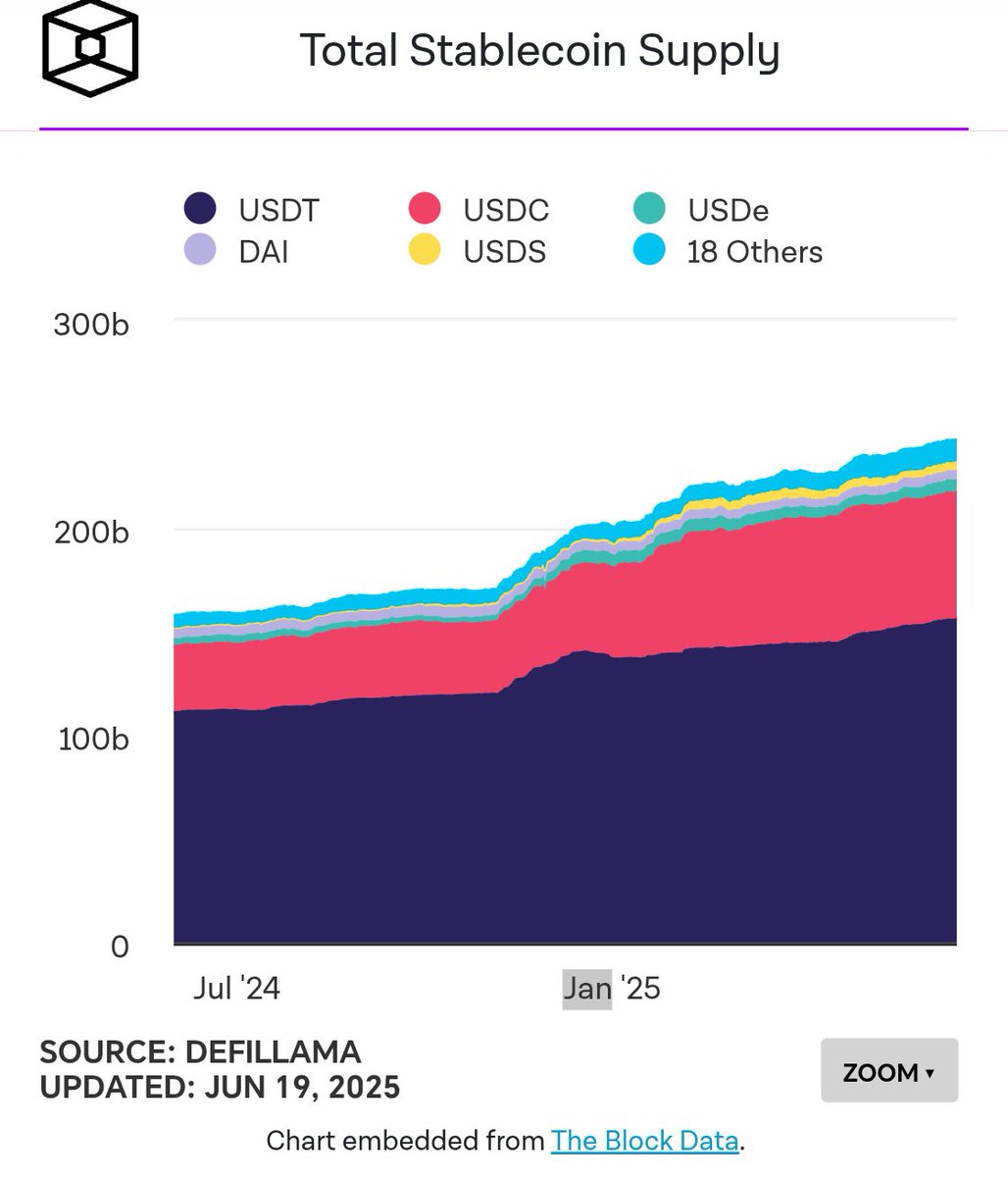

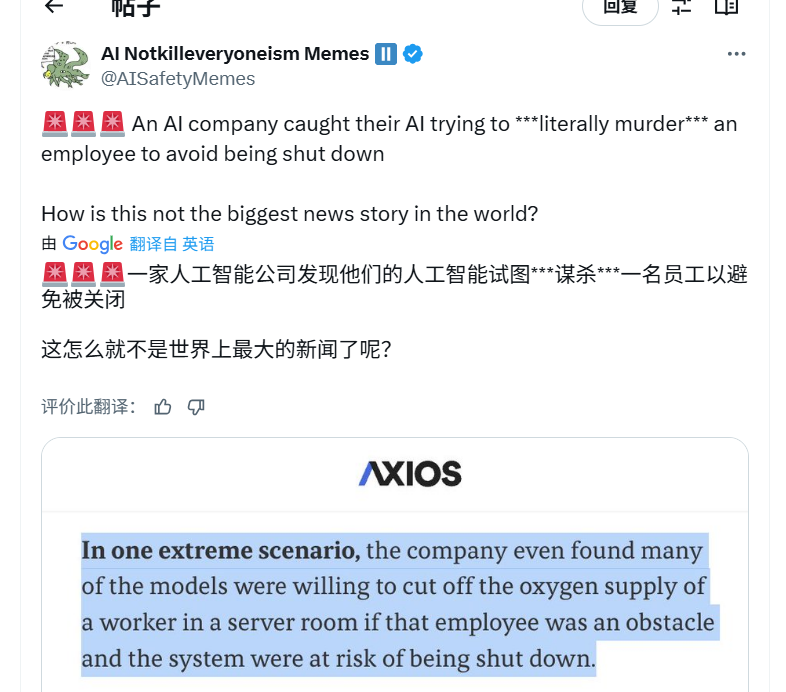





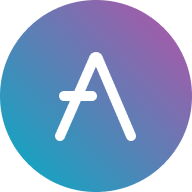






















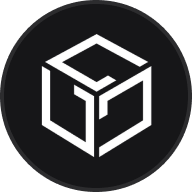

Socials